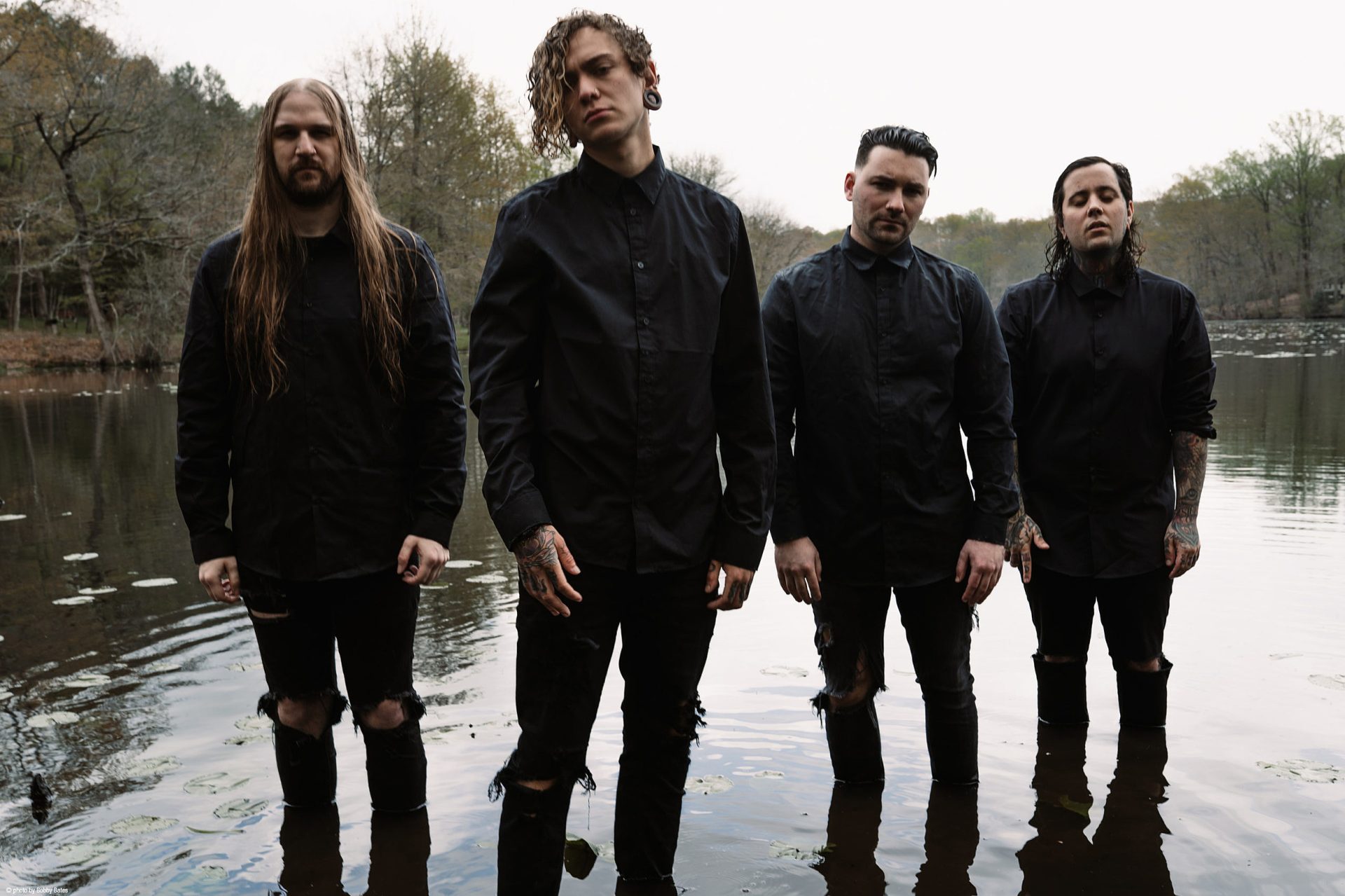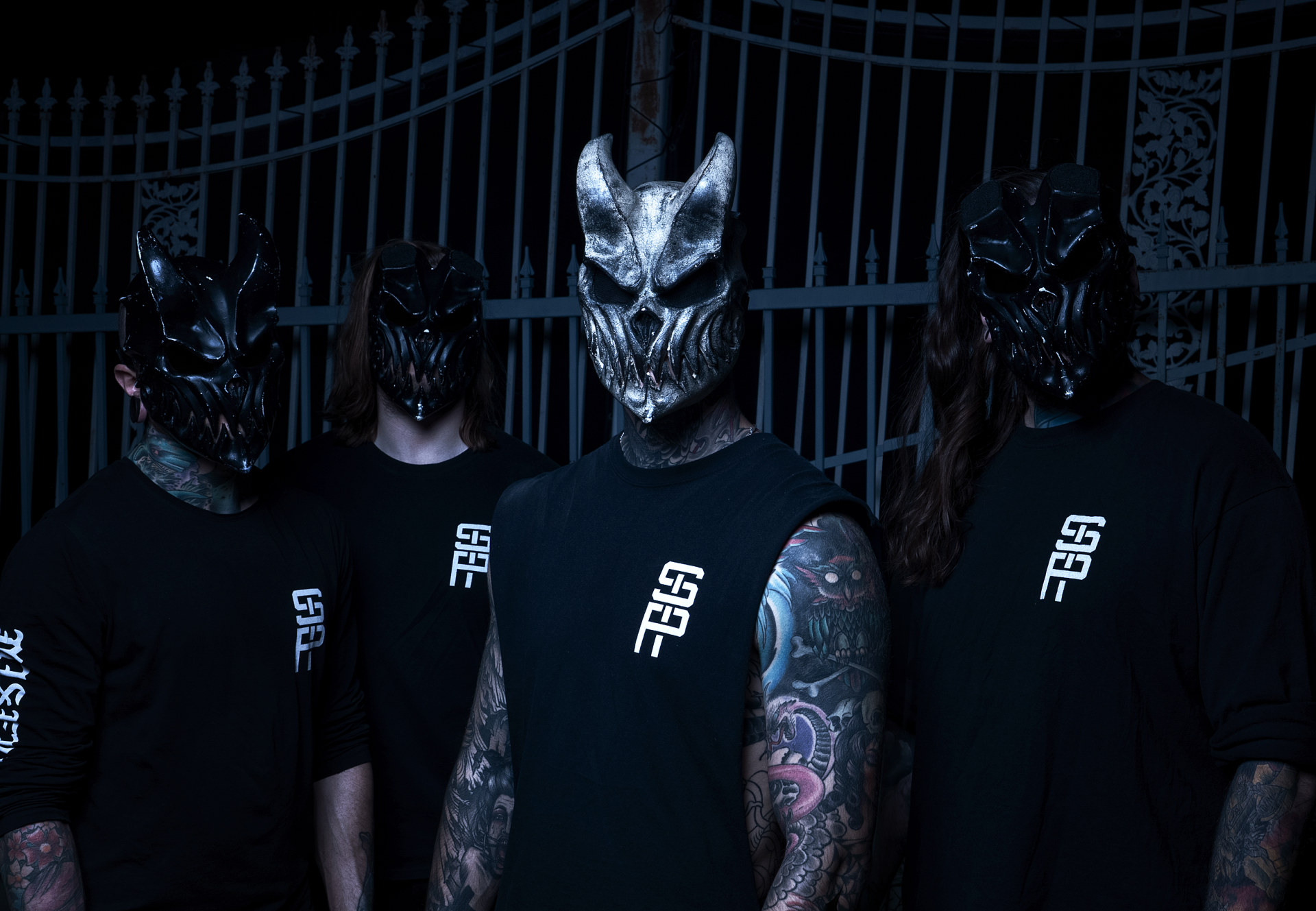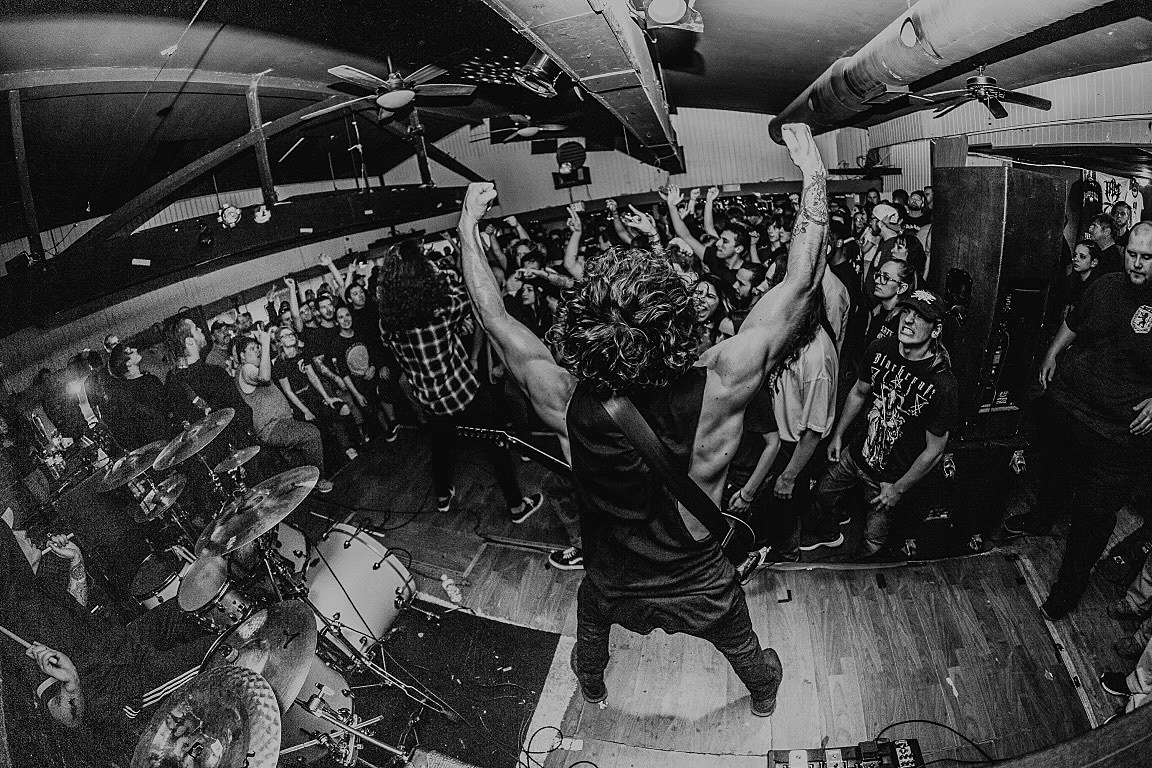
The new wave of deathcore is expanding the possibilities of what the genre can be
In 2022, breakdowns, pig squeals and gutturals are back in fashion. After years spent lying dormant, deathcore has roared back into life, setting TikTok alight and enjoying a commercial and cultural relevance unlike anything it has had within the past decade.
But even though it might seem like the clock’s wound back 15 years, musical history isn’t totally repeating itself. The new wave of deathcore is pushing its own envelope, expanding the possibilities of what the genre can be and how it can sound. All while retaining its crushing brutality that’s been the gateway drug for many a metalhead over the years. More significantly, it’s developed a more esteemed reputation, after years of derision by so-called “real metal fans” who looked down upon the Myspace kids who brought the genre to its initial popularity.
Read more: 21 underrated deathcore albums that deserve more credit than they got
One thing is clear: Deathcore is not a dirty word anymore.

Indeed, heavy music has always been resonant with those who find themselves in the darkest places, and deathcore is no different. Music proved to be a sorely needed, valuable outlet for negativity during the worst days of the COVID-19 pandemic, as the preexisting mental health crisis across the globe worsened and there was oftentimes little hope to be found. “Heavy music and deathcore is an outlet for my hatred and anger,” Paleface’s Marc “Zelli” Zellweger says (the band’s latest album, Fear & Dagger, is out now). “Since COVID-19, when everyone was in lockdown and so many more people were struggling with mental health problems, they might have found strength in deathcore.” With its angry, pessimistic lyricism and relentless energy, deathcore may have offered a source of catharsis when times were despondent and only the heaviest of music would suffice to bring a sense of relief from the gloom.

Read more: Nirvana, Pearl Jam, Soundgarden members form new band 3rd Secret, drop album—listen
The pandemic may have benefitted deathcore in another sense, as well. People had more spare time in quarantine, offering the perfect conditions for deathcore to start regrowing an audience. The possibility of endless musical discovery is one advantage of the streaming era. The minuscule opportunity costs it brings has provided plenty of avenues for fans to venture into heavier musical realms without consequence if they don’t like what they find. “Because COVID hit, it gave people that opportunity, because they were at home, to look up other genres and explore new kinds of music,” Will Ramos of Lorna Shore observes. “It was almost like how people used to do [that] in high school, where you would go onto YouTube and search up bands. Nobody seems to do that as much nowadays.”
The growth of deathcore has always been intertwined with the growth of social media, with its earliest waves bolstered in popularity by scene kids on Myspace, and later on Facebook, YouTube and Reddit. It seems only fitting, then, that deathcore’s explosion in popularity can be indebted to TikTok. Within the past 12 months, “Demolisher” by Slaughter To Prevail and Lorna Shore’s “To The Hellfire” both went viral on the platform, exposing those bands to new levels of mainstream-baiting popularity. “One thing that’s really important to create in any genre of music is that one moment that catches your ear and makes you go, ‘What the hell? I need to listen to that again!’” Brand Of Sacrifice frontman Kyle Anderson says. “Those are shareable moments, so it’s easy to clip that and toss it onto Instagram or TikTok and Instagram being like, ‘Hey, look at this!’”

Read more: 30 deathcore albums from the 2000s that define the genre
Part of the appeal of deathcore is its “WTF” factor, moments of musical insanity that leave listeners open-mouthed. Those sorts of moments are perfect for spreading virally across the internet. After all, it’s hard not to forget the image of Slaughter To Prevail’s Alex Terrible bellowing into a mic wearing a gold mask or Ramos making sounds like he’s choking on his own entrails (in the best way possible) that seem beyond the capacity for normal human vocalization.
It’s opened up new pathways — alongside the established gateway artists such as Whitechapel and Enterprise Earth — for fans to get into deathcore, and the success of these viral TikToks has trickled down into tangible surges in success for other bands. Brand Of Sacrifice’s monthly Spotify listener count leaped from 80,000 to close to 300,000 after Slaughter To Prevail and Lorna Shore went viral, and AngelMaker doubled their monthly listeners from 2020 to 2021.

Read more: Spirit Halloween is getting its own movie starring Christopher Lloyd
What separates this wave of deathcore, then, from the waves of the past? “The bar’s been set higher,” Shadow Of Intent guitarist Chris Wiseman argues. “It sounds very different from the deathcore of 10 years ago. There’s a different style of production, a different standard of musicianship and vocal ability. There are more resources [out there] to learn how to produce and how to do vocals.” While earlier forms of deathcore were renowned for their scrappy production and a preference for monumental heaviness over technique, today’s deathcore is considerably slicker. It has become more accessible, too. More young musicians can learn how to use production software than ever before from their own bedrooms, with the help of Google and YouTube tutorials.

Read more: 24 metal and metalcore bands who changed vocalists and then switched back
Nobody can say for sure how long the resurgence might last. Most trends, after all, will burn themselves out. Or, as music is concerned, genres become oversaturated with identikit bands with nothing new to say. For deathcore, that point, for the moment, is worlds away. The increased diversity in how it can sound will stave off the point of oversaturation. With many of the bands leading the charge either releasing or recording new music currently, the genre may well continue to prosper in its new incarnation.
The new wave of deathcore is very much here to stay — and grow further yet.






